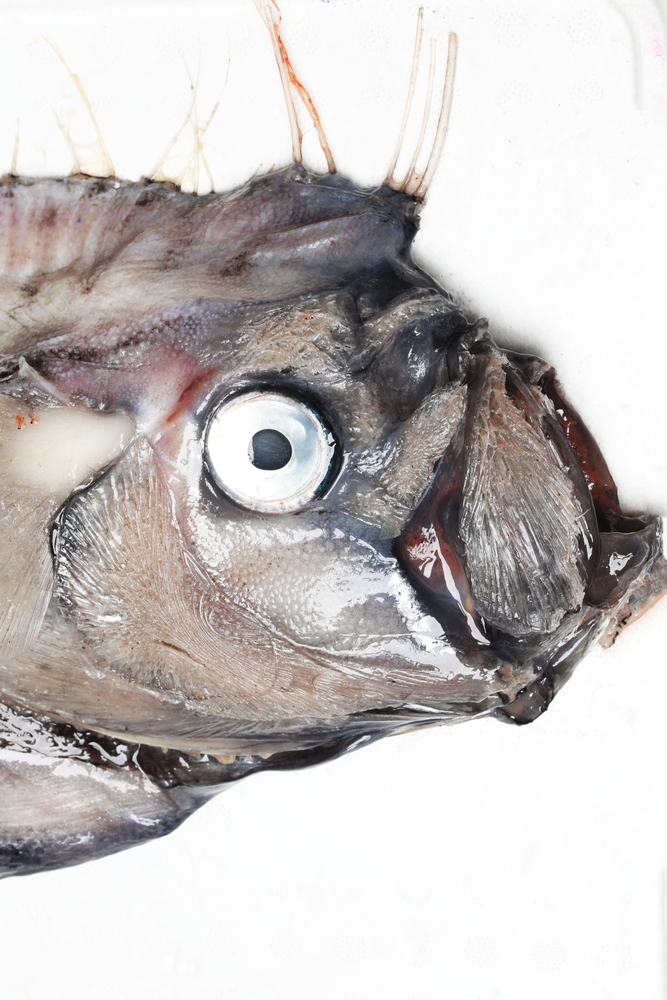Great expectations accompanied the launch of the multibillion-dollar China-Pakistan Economic Corridor (CPEC) as the flagship program of President Xi Jinping’s ambitious Belt and Road Initiative (BRI) a decade ago. CPEC quickly ballooned from a $46 billion program $62 billion initiative that was described as a “game changer.”
However, progress on many CPEC projects has been slow, and terror attacks on CPEC projects and Chinese nationals have grown over the years. Pakistan’s debts have mounted. During Pakistani Prime Minister Shehbaz Sharif’s recent visit to China, the two sides agreed on launching CPEC’s Phase II. However, China did not announce any new investments, signaling declining interest in CPEC.
In an interview with The Diplomat’s South Asia Editor Sudha Ramachandran, leading Pakistani business and economy journalist Khurram Husain said that CPEC Phase II is “highly unlikely” to have “much substance in it.” It is doubtful that “the Chinese would continue to have a commercial interest in Pakistan after all the difficulties their investments have run into so far,” Husain said.
When several CPEC Phase I projects are incomplete or yet to be started, why have China and Pakistan launched Phase II?
The so-called Phase II of CPEC is not something to be taken very seriously. It is highly unlikely that there will be much substance in it. The launch is being hyped more by the Pakistani government rather than the Chinese side.
Was the real motive behind Prime Minister Sharif’s visit to China to secure a restructuring of loan repayment from China?
We do not know what the real reason for the visit might have been, but there are strong indications that some kind of reprofiling of the various debt instruments, including arrears of Chinese power producers in Pakistan, as well as security issues for Chinese nationals in Pakistan would have come under serious discussion. Such operations would be particularly important as Pakistan prepares to enter an IMF program that is likely to be more intrusive and demand more action on structural measures than previous programs have done.
It is instructive to note that before the visit to China, the prime minister also made visits to Saudi Arabia and the United Arab Emirates. Taken together, these are the largest bilateral creditors to Pakistan, and many of their loans are short-tenor instruments that will be maturing at least once during the period the upcoming IMF program is supposed to be running, which is three years. There is no confirmation on this, but the visits indicate that some serious, high-level engagements were required between Pakistan and its large bilateral creditors in the run-up to securing the IMF program.
In a recent article in Dawn, you drew attention to a Xinhua report that talks of the expansion of the “new phase” to the “fields of agriculture and livelihood, among others.” You have pointed out that there is “no mention of IT and energy,” two key Pakistani priorities. What does this mean?
This means that China and Pakistan seem to be emphasizing different areas when they speak of CPEC Phase II. Agriculture has long been a priority for China in its overseas investment, but very little progress has been made in finding a commercially viable model for agri-investments by Chinese enterprises in Pakistan. The fact that Pakistani authorities are talking about IT and energy investments as the focus of their Chinese engagement, whereas the Chinese side is talking about agriculture and “livelihood” (whatever that means) suggests the two sides may not have been on the same page with each other on the eve of the visit.
You have observed in the aforementioned article that the “noise around a revival of the CPEC is either wishful thinking (at best) or a way to camouflage what really is going on.” So, what is going on?
What seems to be going on is the Pakistani side has to undertake some unpleasant conversations involving Chinese debt and is dressing up that conversation under CPEC revival. Otherwise, it’s just wishful thinking by the Pakistani government that the Chinese would continue to have a commercial interest in Pakistan after all the difficulties their investments have run into so far, which include the inability of the Pakistani government to pay costs associated with the power projects, as well as security challenges facing Chinese nationals residing in Pakistan.
Ten years after CPEC was launched amid much fanfare, China is unhappy with Pakistan’s slow pace of project implementation, unpaid loans, corruption, and the dire security situation. Is its interest in CPEC declining?
It would seem so. A review of Chinese diplomatic statements from previous years will show their interest now is in safeguarding the commercial viability of their existing investments, and security of Chinese nationals in Pakistan. They don’t show much interest in anything beyond these two.
In addition to boosting Pakistan’s infrastructure, CPEC was supposed to provide employment to around 2 million Pakistanis. However, most project contracts and jobs have gone to the Chinese. What has Pakistan gained from running up huge loans on CPEC?
Pakistan has acquired some power generation and transmission infrastructure, some highways, and a large number of rescue lending lines that bailed the country out of near default situations back in 2018. The rescue lending ceased many years ago, however.
What steps has Islamabad taken to secure Chinese projects and nationals in Pakistan? Is China involved on the ground in securing its project?
Pakistan has a rigid security protocol for Chinese nationals, and they have built and raised a CPEC Security Force that is a Brigade in strength. I am not aware of any Chinese involvement on the ground to secure its projects. All security arrangements are squarely in the hands of the government of Pakistan.
It is around two decades since work on Gwadar Port began. Has CPEC connectivity boosted business at the port?
Gwadar port sees practically no traffic, and rarely have any ships docked there.





















Discussion about this post